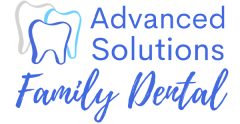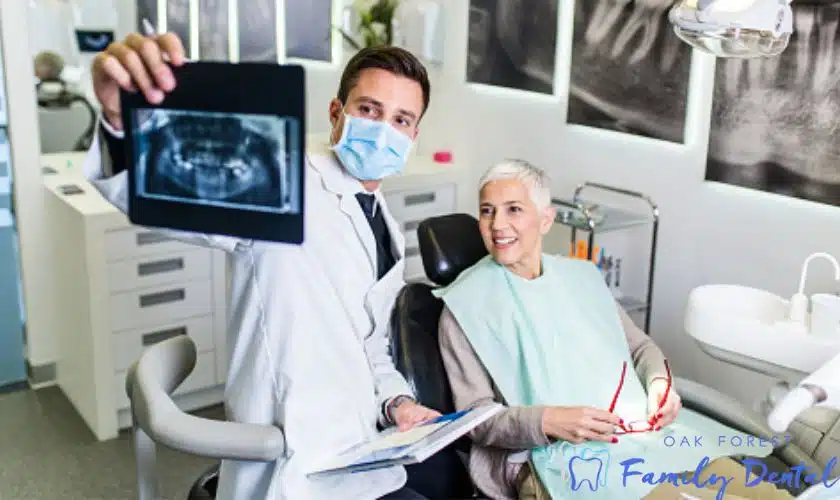Have you ever wondered why your dentist takes X-rays of your teeth during a routine checkup? These images, also known as radiographs, play a crucial role in keeping our pearly whites healthy and strong. In fact, they provide dentists with valuable information that is not visible to the naked eye. Radiographs allow them to diagnose problems such as cavities, gum disease, oral cancer, and more. So let’s dive deeper into the world of dental radiography and discover how they help us smile with confidence!
What is a radiograph?
A radiograph, also known as an X-ray, is a diagnostic tool used by dentists to capture images of teeth, gums, and the surrounding bone structure. These images allow dental professionals to examine areas that are not visible during routine checkups or cleanings.
The process of taking a radiograph involves placing a small sensor or film inside your mouth which captures the image while the machine emits low levels of radiation. Unlike traditional film X-rays, digital radiographs produce high-quality images almost immediately with less exposure time and reduced radiation doses.
Dentists use different types of radiographs depending on what they need to examine. For example, bitewing radiographs capture the upper and lower back teeth in one image allowing for easy diagnosis of cavities between teeth; panoramic radiographs provide an overall view of all your teeth including their roots and supporting structures; periapical radiographs are often used to diagnose abscesses or root infections.
These images help dentists identify issues early on before they become more serious problems such as decay that spreads from one tooth to another resulting in extensive repairs or even tooth loss.
How does a radiograph work?
Radiographs, also known as X-rays, are a valuable tool used by dentists to diagnose oral health issues that may not be visible during an exam. But how do radiographs work?
Radiographs work by using radiation to produce images of the teeth and surrounding structures. A small dose of ionizing radiation is directed at the area being examined, which penetrates through soft tissues and is absorbed differently by different materials such as enamel or bone.
The resulting image shows up on a film or digital sensor that captures this information, creating a visual representation of what’s happening inside your mouth in real-time.
One important aspect of radiography is its ability to detect issues early on before they become major problems. Dentists use these images to identify cavities, infections, periodontal disease, and other conditions long before they will show any signs or symptoms.
Understanding how radiographs work can help you feel confident that your dentist has all the information necessary for diagnosing potential dental concerns early on – ultimately leading to better outcomes for your oral health.
What are the different types of radiographs used in dentistry?
Dentists use different types of radiographs to examine the teeth, gums, and surrounding structures. Each type of radiograph provides a unique view that helps diagnose various dental conditions.
Bitewing radiographs are commonly used for detecting cavities in between teeth. They show the upper and lower back teeth on one film or image. These images also help dentists look at bone levels supporting the teeth and check for any signs of gum disease.
Panoramic radiographs give a broad view of the entire mouth by capturing all teeth, jaws, sinuses, and TMJ (temporomandibular joint) in one image. Dentists use this type of X-ray to evaluate impacted wisdom teeth or monitor orthodontic treatment progress.
Periapical radiographs capture an entire tooth from the crown to the root tip along with its surrounding bone structure. This type of X-ray is helpful when diagnosing abscesses or other problems related to individual teeth.
Cone beam computed tomography (CBCT) is a 3D imaging technology that produces detailed images of oral structures in three dimensions. It’s often used before complex treatments like implant placement or orthognathic surgery where high accuracy is required.
Dental professionals choose which type(s) of radiograph depending on what they need to see and examine closely for better diagnosis and effective treatment planning.
Why is it important to have regular radiographs?
Regular radiographs, also known as X-rays, are an essential component of preventive dental care. These images allow dentists to detect and diagnose any potential issues in the teeth and gums that may not be visible during a routine exam.
Dental problems such as cavities, gum disease, impacted teeth, or jawbone damage can go unnoticed for quite some time before becoming painful or causing other complications. By having regular radiographs taken every year or so, dentists can identify these problems early on when they’re easier to treat and manage.
Furthermore, by identifying dental issues early on with regular radiographs, patients can avoid costly and invasive dental procedures down the line. For example, a small cavity detected through a routine X-ray could be treated with a simple filling instead of requiring extensive treatment like root canal therapy.
Incorporating regular radiographs into your oral health regimen is crucial for maintaining healthy teeth and preventing more significant issues from developing over time.
Conclusion
Radiographs are an essential tool in maintaining good dental health. By producing detailed images of the teeth and jaw, dentists can identify potential problems before they become more serious issues. Regular use of radiographs allows for early detection and treatment of dental conditions such as cavities, gum disease, and even oral cancer.
It is important to understand that while radiographs do involve exposure to low levels of radiation, the benefits far outweigh any risks. Dentists take every precaution necessary to minimize radiation exposure during imaging procedures.
By working with your dentist to establish a regular schedule for obtaining radiographs, you can stay on top of your dental health and maintain a beautiful smile with confidence. Remember to always ask questions and voice any concerns you may have about the process. Your dentist is there to help guide you every step of the way toward optimal dental health! Schedule an appointment with us today!

